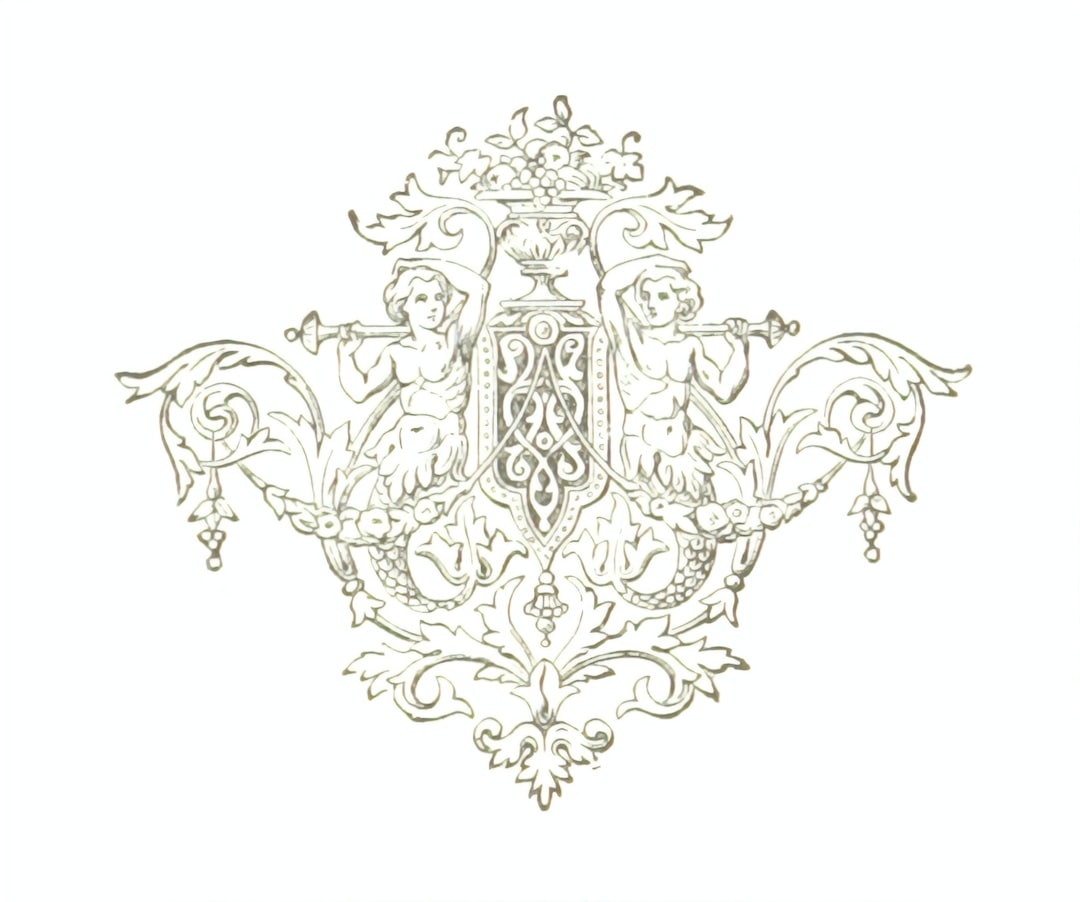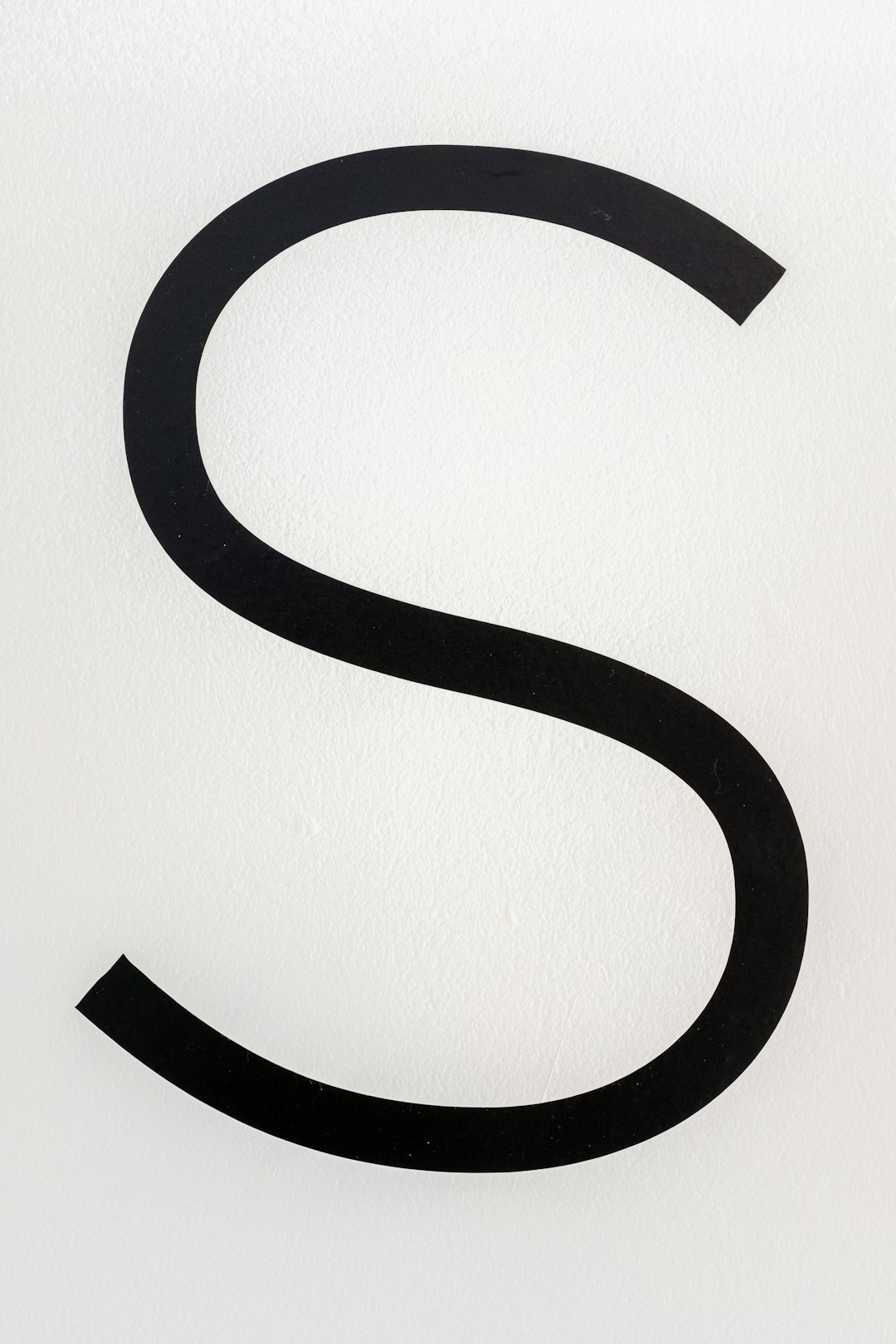Creating a memorable and effective logo is pivotal for any fashion boutique or streetwear brand. It acts as a visual ambassador, capturing your aesthetic, values, and positioning in a single glance. In a competitive industry where first impressions matter, your logo can either elevate your brand or render it forgettable. Whether you’re launching a vintage-inspired boutique or an edgy streetwear label, the right logo can set the tone for your entire identity.
TLDR: A logo speaks volumes about your brand’s style, audience, and ambition. For fashion boutiques and streetwear brands, it’s crucial to build a visual identity that resonates with your target market and sets you apart. This article explores 12 logo ideas designed to inspire and guide you in crafting a unique symbol for your business. From minimalist monograms to gritty urban stencils, there’s something here for every serious designer or entrepreneur.
1. Minimalist Monograms
Monogram logos use stylized letters—usually your brand’s initials—to create an elegant and compact visual. Think Chanel or Yves Saint Laurent. This concept works particularly well for high-end boutiques and fashion-forward labels aiming for a timeless image. Use subtle serif or sans-serif fonts and pay close attention to spacing and symmetry.
2. Graffiti-Inspired Typography
Streetwear brands thrive on expression and rebellion. A graffiti-style logo delivers that raw, urban attitude. Incorporating spray-paint textures, dripping text, or hand-drawn effects gives your logo a fierce, underground vibe that resonates with youth culture and hip-hop fashion scenes.

3. Abstract Symbols
Abstract logos are open to interpretation, making them captivating and memorable. Think geometric shapes, broken lines, or stylized patterns that hint at movement or transformation. This style is versatile—it can appeal to both high-concept boutiques and progressive streetwear labels. The key is consistency between the abstract form and your overall brand message.
4. Animal-Based Icons
Animals can symbolize strength, agility, luxury, or rebellion—depending on the species and design. For example, a boutique may use a swan to evoke poise and elegance, while a streetwear brand might choose a panther or eagle for intensity. Ensure the artwork is unique and stylized in a way that reflects your aesthetic, rather than using generic clip-art imagery.
5. Vintage Crests and Seals
Fashion boutiques that deal in vintage clothing or old-world elegance can benefit from crest-style logos. These logos typically contain intricate borders, emblems, and dated typography that channels heritage and exclusivity. They are ideal for boutiques emphasizing craftsmanship, tradition, and timeless appeal.

6. Bold Wordmarks
If your brand name is catchy and distinctive, a strong wordmark may be all you need. Customize the typography to reflect your brand’s core attributes—such as using angular fonts for edginess or cursive for sophistication. Simplicity is your ally here; no symbols, just expertly designed text that sticks in the consumer’s mind.
7. Deconstructed Lettering
This style involves tweaking or breaking parts of letters to create unexpected forms—using negative space, folding lines, or disjointed segments. It gives a futuristic and unconventional edge, ideal for streetwear brands looking to push boundaries and challenge norms. Just ensure readability isn’t sacrificed for style.
8. Texture-Based Logos
Introducing textures like denim stitching, leather grain, or paint splatters directly into the logo can align your visual identity with the materials used in your clothing. These tactile graphics speak directly to your craftsmanship or aesthetic. They’re great for both boutique wears and rugged casual brands.
9. Futuristic and Tech-Aesthetic
With digital fashion and virtual trends on the rise, logos with a tech aesthetic are gaining traction. Neon glows, digital grids, and pixelated fonts can help position your brand as innovative and forward-thinking. This works well for emerging streetwear brands aiming to target digitally native or metaverse-savvy consumers.
10. Cultural and Ethnic Motifs
Using patterns, symbols, or typography from specific cultures can establish authenticity and pay homage to your brand’s inspiration. Whether it’s Japanese kanji, African tribal symbols, or vintage Americana—make sure to approach this with respect and knowledge. Cultural references work best when they align genuinely with your brand story and background.
11. Handwritten Labels
A handwritten logo gives off a personalized, artisanal feel. This is especially strong for smaller boutiques focusing on bespoke or handmade fashion. It communicates warmth and care—ideal if your branding leans toward intimacy and uniqueness. Ensure the handwriting is legible and distinctive enough to stand out.

12. Negative Space Icons
Negative space logos use the background color or transparency to create illusions or dual imagery. This concept is intellectually engaging and often leads to higher brand recall. Done right, it merges creativity and clarity in a way that’s impossible to ignore—especially effective for brands wanting to showcase clever design thinking.
Tips for Designing the Perfect Fashion Logo
- Understand Your Audience: Your logo should resonate with the people you’re targeting. Gen Z streetwear enthusiasts will appreciate bold, contemporary styles, while clientele for upscale boutiques might prefer a more restrained aesthetic.
- Be Timeless, Not Trendy: While it’s tempting to hop on the latest visual trends, aim for a design that will still look relevant five or ten years from now.
- Make It Versatile: The logo should look great whether it’s printed on clothing labels, social media icons, or store signs. Opt for a vector format that scales cleanly to different sizes.
- Limit Your Palette: Stick with 2-3 main colors that complement each other and your brand voice. Monochrome logos are often the most adaptable.
- Test It Widely: Before going public, test different versions of your logo across real-world applications—mockups on tags, signage, and online profiles.
Common Mistakes to Avoid
- Overcomplication: Intricate designs may look good onscreen but get lost when scaled down. Aim for simplicity without losing identity.
- Weak Typography: Generic fonts dilute your brand. Invest in custom or at least carefully curated typography that reinforces your message.
- Inadequate Research: Avoid clichés and ensure your logo doesn’t mimic established brands—legal issues aside, originality is crucial for trust.
- Neglecting Your Core Message: Your logo should be a visual mirror of who you are. If there’s disconnect, your audience may feel confused or disinterested.
Conclusion
Your logo is more than just a design—it’s a foundational pillar of your brand identity. Fashion boutiques and streetwear brands operate in emotionally driven markets, where aesthetics equate to value. Whether you lean towards minimalism or maximalism, avant-garde or heritage, your logo should be a reflection of your story and aspirations. Invest time, effort, and strategy into crafting something that not only looks good but resonates deeply.
With these 12 logo ideas and design principles, you’re well-equipped to develop a brand identity that captures attention and creates lasting impact in the fashion world.



